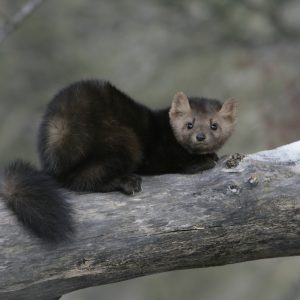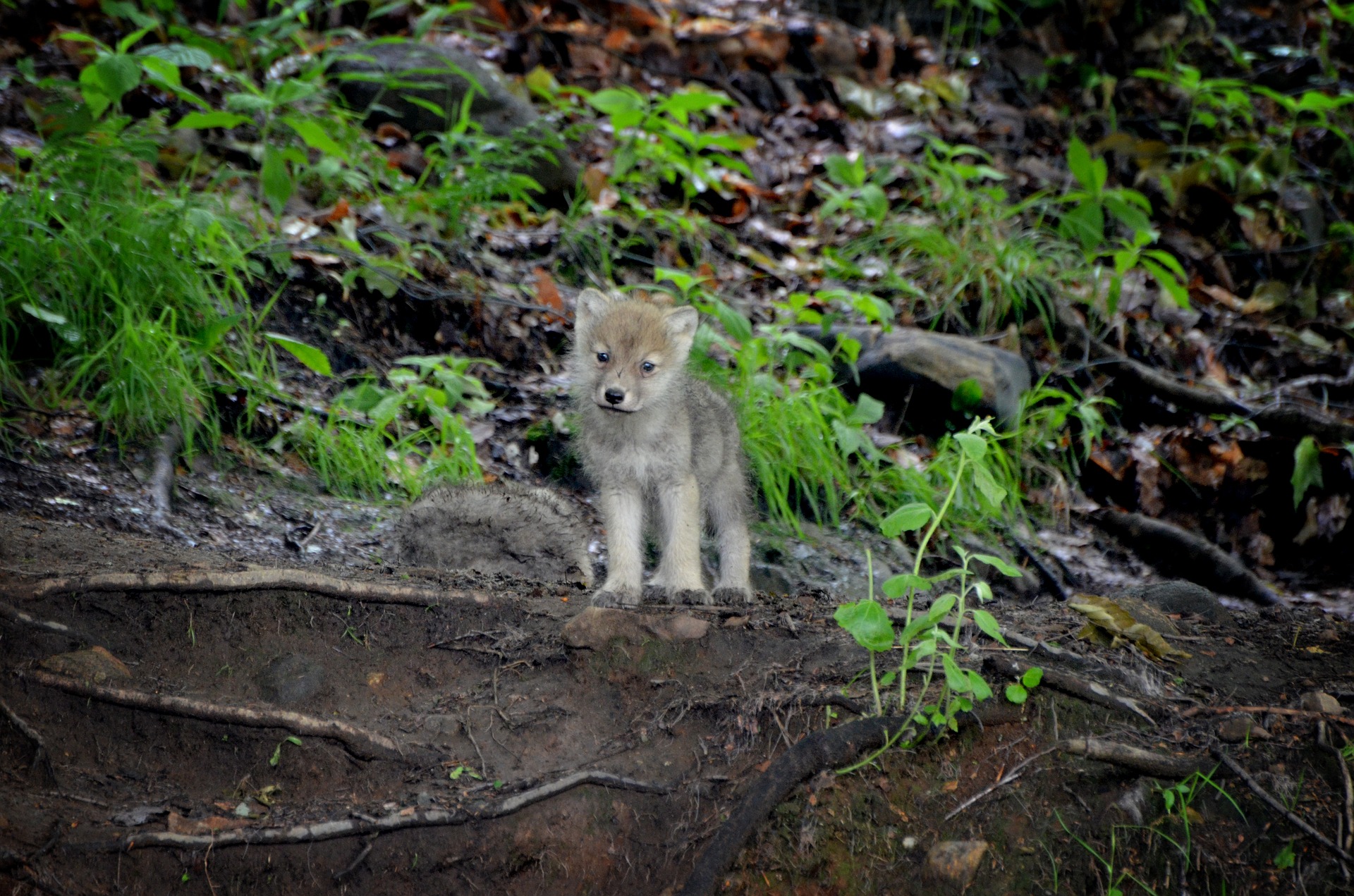How much do you know about chipmunks?
Did you know chipmunks hibernate? They burrow in subterranean nests, waking frequently to feed on stored food. They are omnivorous, eating seeds, nuts, invertebrates and even small eggs.
Chipmunks are small rodents in the same family as squirrels. Most species of chipmunks bear one litter each summer with five to six young, but Eastern Chipmunks bear two litters per year with three to four young each.
Learn more about this adorable mammal and the five species found across Canada!
Common name: Eastern Chipmunk
- Scientific name: Tamias striatus
- Range: Manitoba, New Brunswick, Newfoundland and Labrador, Nova Scotia, Ontario, Prince Edward Island, Québec, eastern Saskatchewan
- Size: 66-115 g; 25.5-26.6 cm long
- Description: Eastern Chipmunks have greyish to reddish-brown fur with a distinguishing yellowish to reddish patch on their rump and a white underside. They have five dark stripes along their sides and back, the longest stripe running along their midline. They have narrow white bands between the dark stripes, and stripes continue on their face around their eyes. Their tail is hairy but quite flat. They have rounded ears and large cheek pouches.
|
|
Common name: Least Chipmunk
- Scientific name: Tamias minimus
- Range: Alberta, British Columbia, Manitoba, Northwest Territories, Ontario, Québec, Saskatchewan, Yukon
- Size: 42-53 g; 18.5-22.2 cm long
- Description: Least Chipmunks are the smallest of all chipmunks. They have five dark and four light stripes along their sides and three dark and two light stripes on the face. Their fur is orange-brown, and their underside is greyish-white. Their tail is bushy, long, and pale brown.
|
|
Common name: Townsend’s Chipmunk
- Scientific name: Tamias townsendii
- Range: British Columbia
- Size: 60-118 g; 22-38 cm long
- Description: Townsend’s Chipmunks have dark brown and striped backs. They have five dark stripes alternating with four lighter stripes, and two grey and three brown stripes on their faces. Their underside varies from creamy white to grey, and their ears are black in front and grey behind. Their tail is bushy, dark brown and tipped with grey and brown.
|
|
Common name: Yellow-pine Chipmunk
- Scientific name: Tamias amoenus
- Range: Alberta, British Columbia
- Size: 30-73 g; 18.1-24.5 cm long
- Description: Yellow-pine Chipmunks are small compared to other chipmunks. They have five black stripes down the back; three dorsal stripes extending from shoulder to rump and two lateral strips extending to mid-body. The pale stripes are usually white or greyish. Their fur varies from tawny to pinkish-brown and their ears are whitish behind and black in front.
|
|
Common name: Red-tailed Chipmunk
- Scientific name: Tamias ruficaudus
- Range: Alberta, British Columbia
- Size: Approximately 60 g; and around 23 cm long
- Description: The Red-tailed Chipmunk is darker and larger than most chipmunks. It is often reddish-brown on the shoulders and sides, the colour fading out towards the hips. The back is orange-brown, the rump is grey and the underside is whitish. The tail has a black stripe and is yellowish at the tip. Red-tailed Chipmunks have five dark stripes, the central one running from between the ears to the tail. Its four pale stripes are greyish to white and it has two pale stripes and three brown stripes on its face.
|
|
Which chipmunks are running around in your backyard? Let us know in the comments, or send us pictures on Facebook or Twitter.
Acknowledgements: Animal Diversity, IUCN Red List, and the Canadian Encyclopedia



